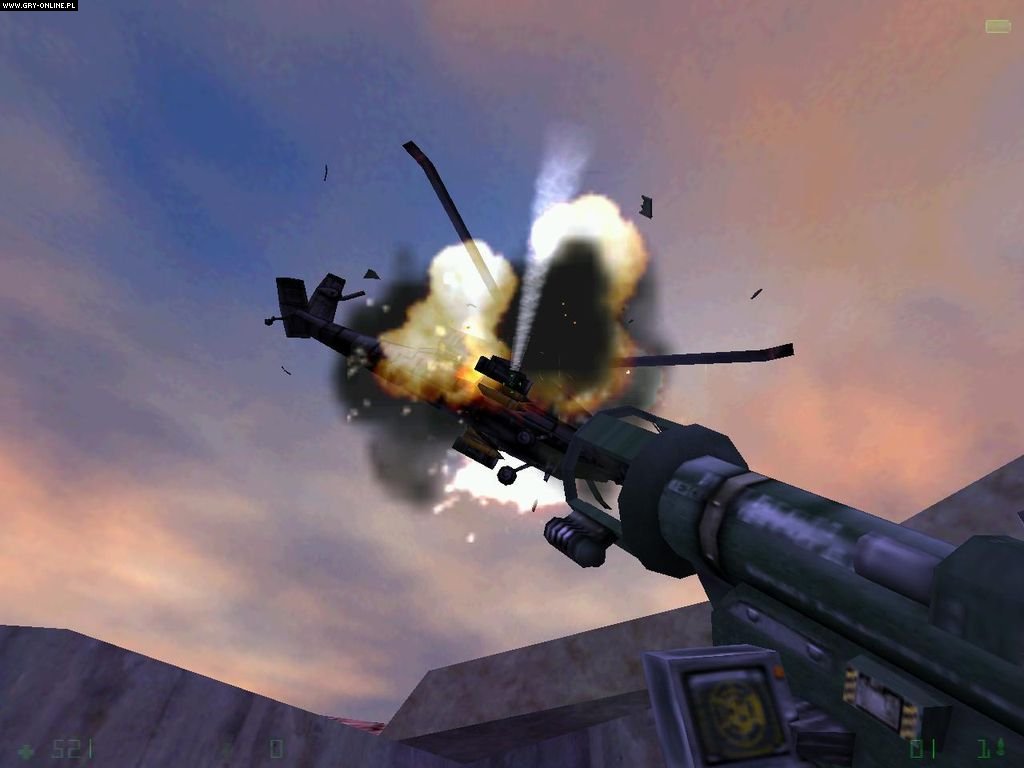
However, the so-called z-movement capability (change of d) is very limited due to decreasing forces for larger distances d (∝1/ d 2), and due to the pull-in effect for small distances. The acceptance of piezoelectric materials in some industrial CMOS facilities might now open the gate towards hybrid cooperative microactuators realized in high volumes in CMOS technology. However, despite promising research concepts and results, commercial applications are still missing. As a result of this outstanding potential, they are reviewed and analyzed here in more detail. Inchworm motors-belonging to the advanced cooperative architectures-can provide, in principle, the link from the micro to the macro range. As a specific class, hybrid cooperative architectures are presented, in which besides electrostatic actuation, another actuation principle is used.

After defining the scope and three different levels of cooperation, this review provides an overview of examples of weak, medium and advanced cooperative architectures.

To overcome these limitations, cooperative electrostatic actuator systems have been researched by many groups in recent years. However, due to reliability-related issues and inherent limitations, such as the pull-in instability and extremely small stroke and force, commercial electrostatic actuators are limited to basic implementations and the micro range, and thus cannot be employed in more intricate systems or scaled up to the macro range (mm stroke and N force). Having benefited from technological developments, such as surface micromachining, high-aspect-ratio silicon micromachining and ongoing miniaturization in complementary metal–oxide–semiconductor (CMOS) technology, some electrostatic actuators became widely used in large-volume products today.


 0 kommentar(er)
0 kommentar(er)
